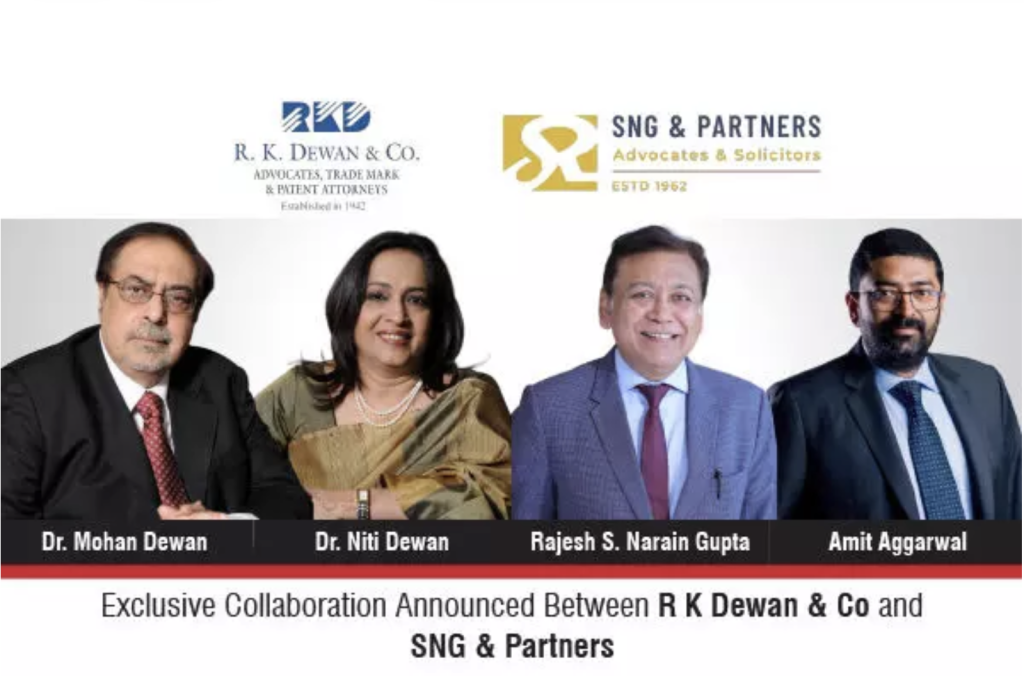The recent Supreme Court judgment in M/s Pro Knits v The Board of Directors of Canara Bank and Ors significantly strengthens the position of micro, small and medium enterprises (MSME) in financial distress. However, while the judgment enhances the protection of vulnerable entities, it produces uncertainty in the provisions governing them. This is found in the interaction between the Securitisation and Reconstruction of Financial Assets and Enforcement of Security Interest Act, 2002 (SARFAESI act), and the Micro, Small and Medium Enterprises Development Act, 2006 (MSMED act).

Senior associate
SNG & Partners
In 2015, the Ministry of MSMEs issued a notification dated 29 May 2015 under section 9 of the MSMED act as revised by the RBI notification dated 17 March 2016 and the RBI master directions dated 21 July 2016, setting out the Framework for the Revival and Rehabilitation of MSMEs. The framework required banks and creditors to identify accounts of enterprises registered as MSMEs showing incipient stress. Such institutions had to categorise such accounts into three subcategories of special mention accounts and constitute committees to adopt rectification, restructuring or recovery action plans before the accounts could be classified as non-performing assets, or NPAs. The notification also enables the borrower to voluntarily initiate the restructuring process by submitting an application.
In the present case, banks classified accounts of MSMEs as NPAs without following the restructuring process envisaged in the notification. The Supreme Court overturned the Bombay High Court’s decision in M/s A Navinchandra Steels v Union of India, by holding the notification to be mandatory. The judgment is a positive step in ensuring fair asset classification and supporting MSME growth, but leaves several issues unresolved.

Asssociate
SNG & Partners
Most notably, the conflict in the hierarchy of laws in the interplay of the SARFAESI and MSMED acts was left outstanding. Section 35 of SARFAESI contains a non-obstante clause, giving it overriding authority over other laws, including the MSMED act. However, section 24 of the MSMED act accords precedence, but only to sections 15 to 23. This creates ambiguity regarding whether a notification under section 9 of the MSMED act could take precedence over the provisions of the SARFAESI act. In NP Abdul Nazer v Union Bank of India, the Kerala High Court held that the process under the notification was not a mandatory procedural requirement because it provided no consequences for non-compliance. The terms of the notification did not, therefore, indicate the procedure to be dominant desideratum.
The conflict of hierarchy is exacerbated by the Supreme Court’s judgment in Kotak Mahindra Bank Limited v Girnar Corrugators Private Limited and Ors, which expressly accorded precedence to the SARFAESI act over the MSMED act.
The Bombay High Court in its judgment held that banks were not obliged to follow the restructuring process on their own, unless the MSME had voluntarily submitted an application. The Supreme Court on the other hand observed, that banks are required to take measures under the notification, based on the authenticated and verifiable material submitted to establish that loan accounts are those of MSMEs. However, the Supreme Court also emphasised that it is equally incumbent on MSMEs to remain proactive and follow the procedures outlined in the notification. The court further held that if an MSME negligently allowed the enforcement of security under the SARFAESI act, it cannot later invoke the provisions of the notification.
The way the Supreme Court allocated roles in what it found to be a mandatory restructuring process has caused uncertainty. While it insists that banks must adhere to the framework, it also places a significant responsibility on MSMEs to actively engage in the process and inform banks of their eligibility. This creates a paradox. Although banks are required to follow the restructuring framework, MSMEs must ensure they benefit from the said framework, thus, creating a shared obligation rather than a clear-cut directive for either party.
This judgment marks a progressive step towards safeguarding the interests of MSMEs by upholding the early identification of financial distress as mandatory. However, the lack of clarity in reconciling the interplay between the SARFAESI and the MSMED acts, added to the contradictions within the framework. A more robust and consistent legal framework is essential to ensure that MSMEs are effectively shielded from financial distress without compromising the efficacy of the banking system.
Ayushi Parnami is a senior associate and Mohit Goyal is an associate at SNG & Partners.



